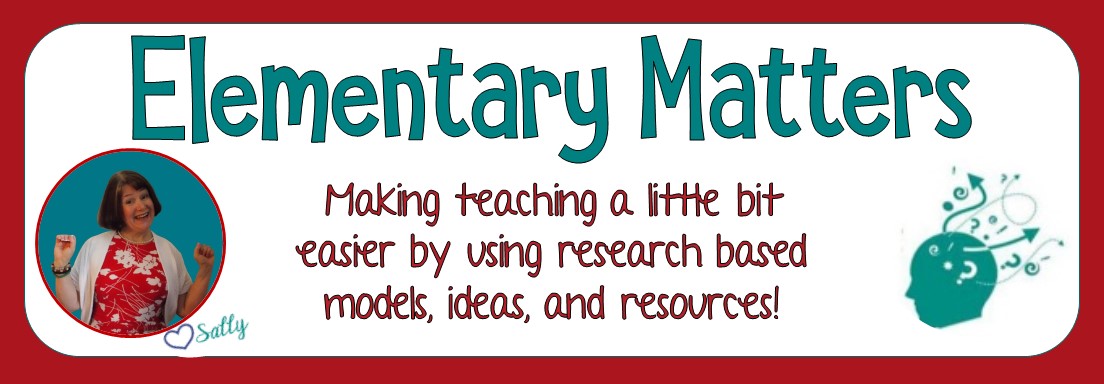I typically start my math block with a whole group mini-lesson. Then we break into groups during the rest of the math time.
How do we organize our math groups?
Most of our students need small group guidance on their math development daily. This can be a juggling act! Not only is it a challenge deciding what to do with these small math groups, but also, what do the rest of the students do while the teacher is occupied?
Here are some suggestions:
I use magnets to display these cards on my board. The names have magnets as well. (I change my groups frequently, depending on the topic I'm teaching and the needs of my students.)
The above board represents how I might assign groups at the beginning of the school year. I would spend the first block of time teaching a game or two, and expectations for each center. The groups follow the cards vertically. Tanner's group would explore manipulatives first, while Bailey's group uses computers or tablets. Ethan's group has independent practice while Brian's group will play math games. Partners are usually assigned and are listed side by side. In the case of an odd amount of students, there will be a group of three.
At the beginning of the year, there is no "work with teacher" station. I use that time to circulate among my students, making sure they understand expectations and staying quietly focused on their assignments.
Once they've got the routine down, the board might look more like this:
I'll be meeting with three of the four groups today. I'll find time to check in with the fourth group, but this is the group that needs less guidance. I'll only meet with them 2-3 times a week. I make sure to meet with my lowest group daily. I typically teach my groups a warm-up they can do without me, so I'll have a chance to make sure the other students settle into their centers.
As the year goes on, there are times when I need to assess individuals.
My daily schedule might look something like this. I kept the one math group that really needed the guidance, but during the other 2 stations, I would pull individuals for assessment as needed. (You can see I used one of the blank cards for the group that needed time on that STEM project.)
If you're interested in these cards, just see the image below!
See the image below for information about organizing literacy centers.
How do you organize your math centers?


















































